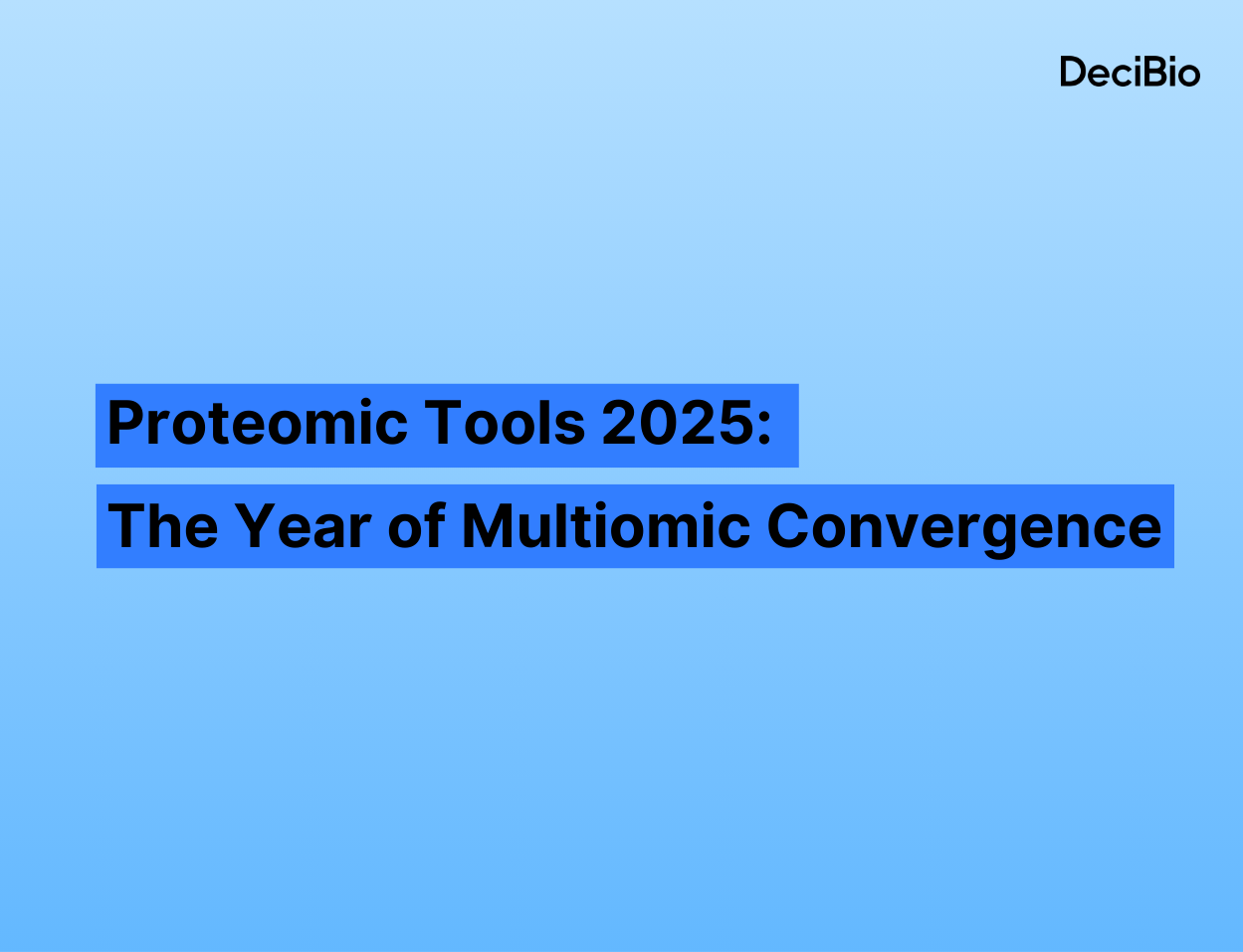Epileptic activity is an apt metaphor for aspects of the 2008 financial crisisThe financial crisis: of Keppra and convulsionJanuary 10, 2013 3:44 pm by Financial TimesBy James ParkReprint of an article published in the Financial Times:http://blogs.ft.com/economistsforum/2013/01/the-financial-crisis-of-keppra-and-convulsion/With the start of QE3 and indefinite bond buying by the Fed, the financial crisis continues to morph. This idea was promulgated by El-Erian of Pimco who claims that a crisis of bank balance sheets may evolve into a crisis of sovereign balance sheets.We already see an outline of what a sovereign balance sheet crisis may look like in Greece. Previously, we discussed the metaphor of septic shock and the need for emergent resuscitation with liquidity as a temporary salve, as covered in the first piece – Of Lasix and liquidity. In the last of this three-part series, we look at how a complement metaphor in the form of epileptic activity may forewarn and outline steps to minimize the chances or aftermath of the next possible financial convulsion.Before we delve into why epileptic activity is an apt metaphor, first a primer on what defines and causes seizures: a seizure is defined by a paroxysmal signal emanating from a focus in a network that induces hypersynchronous, or “unsynchronised”, behaviour. In the human brain, usually scar tissue from a stroke rewires the neuronal network and serves as an epileptic focus. Scar tissue can cause a derangement between the balance of inhibitory and excitatory signals, promoting a seizure. The financial network, not unlike the nervous system, is wired around inhibitory/sell and excitatory/buy signals, as the flash crash in 2010 demonstrated.As a response to septic shock induced by the financial crisis, the outpouring of liquidity has rewired and reconfigured the global financial network. Lehman Brothers and various other intermediaries that once served as hubs within the network no longer exist. The global financial network status post crisis has been pruned and contains fewer hubs, not unlike the effects of a stroke on causing death of neuronal hubs and severing neuritic connections. Pruning leads to fewer, larger and more interconnected financial institutions, and in some sense a less stable network – conditions which are fertile for a hypersynchronous event to spread. Currently, the five largest US banks service a bigger slice of the economy before the crisis.Although the probability for a financial seizure is higher in a pruned network, we can still take steps to minimize the risk of the next financial convulsion by borrowing and adapting ideas from epileptologists. In treating epilepsy, epileptologists apply two clinical concepts:
- A preventative agent to increase the seizure threshold
- An abortive agent, in case when the preventative agent fails, and the seizure is out of control
Keppra, a common anti-epileptic, functions to increase the seizure threshold and serves as a preventative agent. Applying higher transaction costs on aberrant signals may be a financial equivalent of Keppra for regulators to consider. An abortive agent has been applied in the form of circuit breakers on exchanges to prevent exchange runs, however, regulators have not invented an abortive agent if the crisis were to morph on to sovereign balance sheets, as this gap is highlighted in Europe and Greece. In clinical medicine, when a seizure is out of control, it is defined as status epilepticus, and the abortive is a medically-induced coma.With proper use of preventatives, we hope the need for such an abortive agent will not be needed in the US and the recovery outlined in the second piece – Of blood and fungibility – takes place.James Park is a neurology resident at the Barrow Neurological Institute and a founding partner at DeciBio, a consulting reports firm. He graduated in neuroscience from Yale School of Medicine, biochemistry from Cambridge University, and chemistry from Harvard College



.png)


